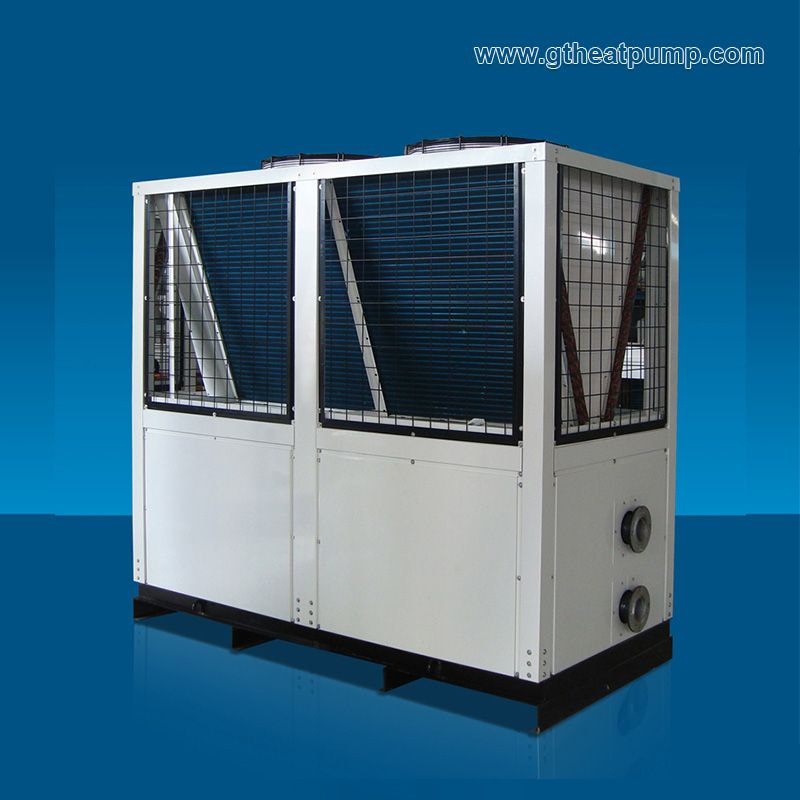How to Maintain a Water-Cooled Chiller?
How do you maintain a water-cooled chiller? Proper maintenance of a water-cooled chiller is crucial to ensure its optimal performance, longevity, and energy efficiency. Neglecting regular maintenance can lead to costly breakdowns, reduced cooling capacity, and increased energy consumption. In this article, we will delve into the origin of the answer to this question, the step-by-step process of maintenance, as well as the significance and impact of proper chiller maintenance.
Origin and Significance of Proper Chiller Maintenance:
Water-cooled chillers are widely used in industrial and commercial settings to remove heat from processes and provide cooling for various applications. These chillers consist of complex systems comprising compressors, condensers, evaporators, pumps, and control panels. Over time, accumulated dirt, scale, and rust can hinder the chiller's efficiency and overall performance. Regular maintenance helps address these issues by preventing corrosion, ensuring proper refrigerant levels, and maximizing heat transfer efficiency.
Process of Maintaining a Water-Cooled Chiller:
1. Regular Inspection:
Perform a comprehensive visual inspection of the chiller unit and its components. Check for any signs of leaks, corrosion, or loose connections. Inspect the fan blades, belts, and electrical connections for any wear and tear.
2. Cleaning:
Thoroughly clean the chiller's condenser coils, evaporator tubes, and water passages. These areas tend to accumulate dirt, debris, and scale over time, which hampers heat transfer. Use a soft brush or low-pressure water stream to gently remove dirt and debris, taking care not to damage the delicate fins or tubes.
3. Water Treatment:
Implement a proper water treatment program to prevent scale formation, corrosion, and biological growth within the chiller system. Depending on the water quality and chiller specifications, treatments may include using water softeners, corrosion inhibitors, biocides, and regular water testing.
4. Lubrication:
Inspect and lubricate all moving parts of the chiller, such as fan motors, bearings, and pumps. Proper lubrication minimizes friction, reduces energy consumption, and extends the life of these components.
5. Tighten Electrical Connections:
Ensure all electrical connections are tight and secure. Loose connections can cause overheating, increased energy consumption, and even system failure. Regularly check and tighten electrical terminals, wires, and connections.
Related articles:What is the process of energy storage?
The Ultimate Guide to Choosing the Best Phone Charger
Unveiling the Ultimate Guide to Mastering UHD Blackboard 2
Why Do High-End Mice Use Low-Cost Micro Switches?
How to Choose a Micro Switch?
What is the best way to use diagnostic tools in computer repair?
How do you fix LED screen problems?
6. Monitor Refrigerant Levels:
Monitor and maintain proper refrigerant levels in the chiller system. Low refrigerant levels can lead to inefficient cooling, reduced capacity, and compressor damage. It is vital to follow manufacturer guidelines and address any refrigerant leaks promptly.
7. Filter Replacement:
Inspect and replace air filters regularly. Clogged or dirty filters restrict airflow, forcing the chiller to work harder, consuming more energy, and potentially causing compressor damage. Adhere to the manufacturer's recommendations for filter maintenance and replacement intervals.
8. Regular Performance Testing:
Conduct regular performance tests to ensure the chiller is operating within optimal parameters. Monitor parameters such as temperature differentials, pressure differentials, and flow rates. Deviations from expected values may indicate potential issues that require attention.
The Impact of Proper Chiller Maintenance:
Implementing a comprehensive maintenance program for water-cooled chillers not only ensures their efficient and reliable operation but also offers several significant benefits. Proper maintenance:
1. Enhances Energy Efficiency:
Regularly maintaining a water-cooled chiller optimizes its energy efficiency, reducing energy consumption and associated costs. Clean coils, proper refrigerant levels, and lubricated components all contribute to improved performance and reduced energy waste.
2. Extends Equipment Lifespan:
By addressing potential issues early on and keeping the chiller in top condition, regular maintenance significantly extends its lifespan. This mitigates the need for frequent replacements and major repairs, saving both time and money.
3. Minimizes Downtime:
Unplanned breakdowns can disrupt operations, leading to costly downtime. Proper maintenance reduces the chances of unexpected failures and ensures that the chiller operates reliably, maximizing productivity and minimizing disruptions.
Conclusion:
Maintaining a water-cooled chiller is essential for its optimal performance, efficiency, and lifespan. By following a regular maintenance routine, including inspection, cleaning, water treatment, lubrication, and performance testing, one can prevent issues and keep the chiller operating at its best. Proper maintenance not only reduces energy consumption and costs but also extends the lifespan of the equipment while minimizing downtime. Embrace the significance of chiller maintenance and reap the rewards of a well-maintained cooling system.
Are personalized electric blankets safe to use?
275
0
0


Comments
All Comments (0)